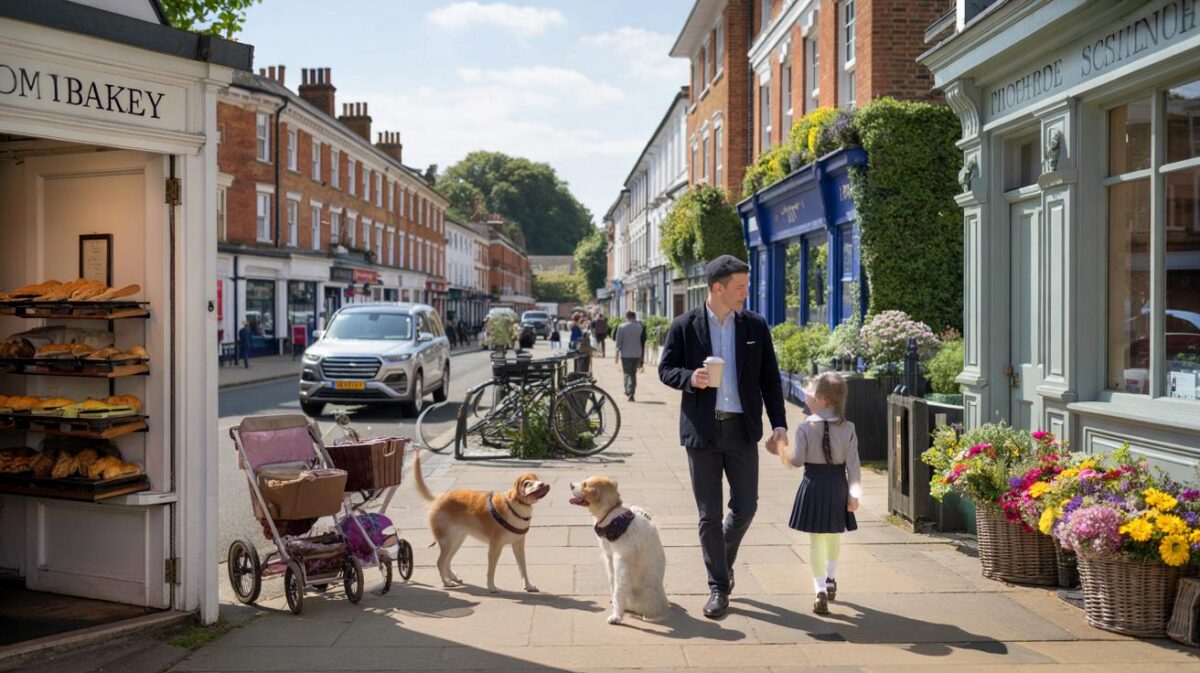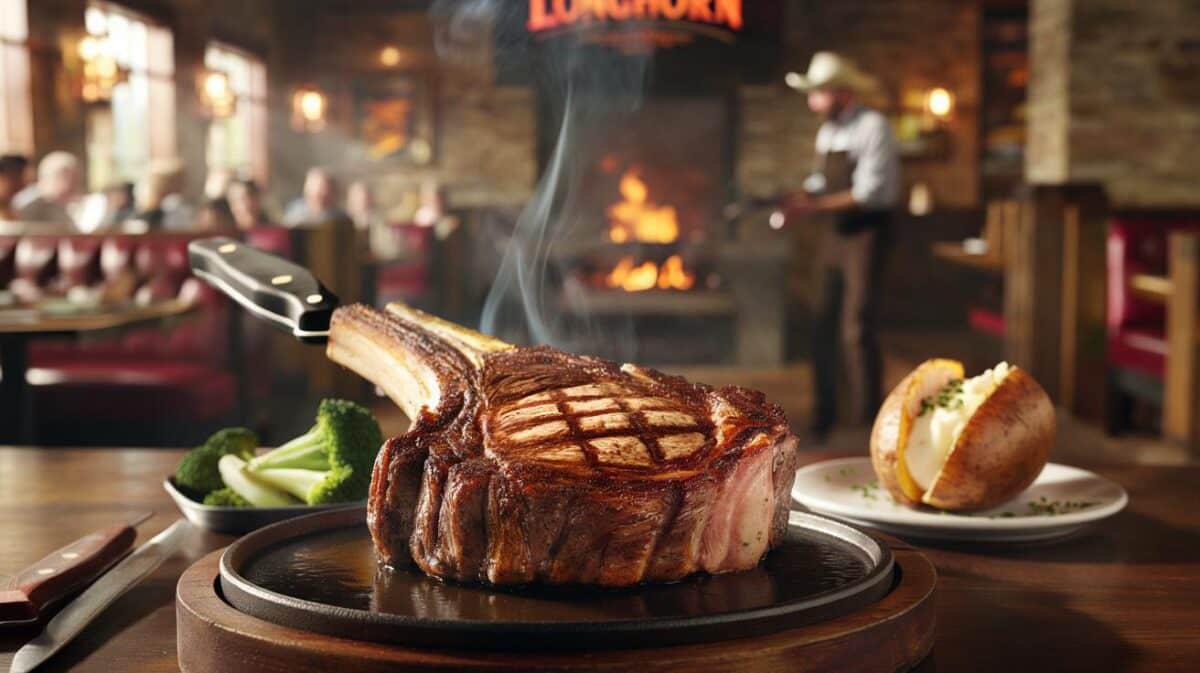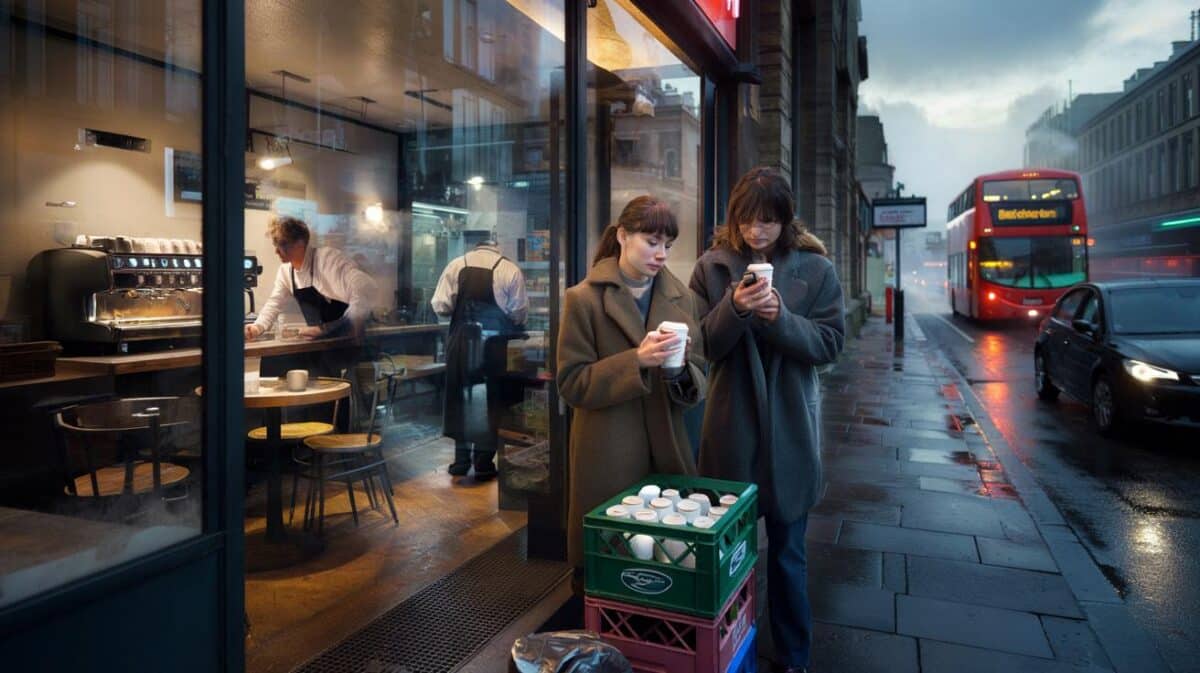After a bruising decade for bricks-and-mortar, the return of a genuinely iconic retail brand isn’t just sentimental. It’s a stress test for the future of our high streets.
Saturday, 9.12am, Westfield London still rubbing sleep from its eyes. A small queue forms outside a freshly dressed store, swaddled in paper printed with tiny florals that feel like someone folded a cottage garden into wrapping. A woman in her fifties taps a partner’s arm and points to a framed archive print in the window, the kind you stop for without meaning to. Two teenagers drift closer, phones up, curious in that way curiosity looks when it’s half nostalgia, half TikTok. Doors glide, security smiles, and that first warm breath of fabric, wood polish and newness rolls out. It feels like a reset. It also feels like a test.
Laura Ashley’s homecoming: why this matters now
Laura Ashley is returning to the UK high street after a four-year absence, opening a new standalone store at Westfield London and planning a measured roll-out beyond it. The brand that once dressed British homes — and half the countryside — shut its UK stores in 2020. Seeing its name back on a fascia in 2024 carries cultural weight, not just retail chatter. It’s a nod to how we still want to feel when we buy: tactile, optimistic, rooted in story. It’s also about jobs, footfall, and whether heritage can speak Gen Z without sounding like a museum.
Inside, the new store doesn’t cosplay the past. There are archive prints, yes, but grounded by clean cabinetry, modular shelving, and lighting that makes colour feel honest not dreamy. A young couple test a linen throw next to a sixty-something comparing teacups with the searching care of a curator. One staffer unfolds a quilt, a small choreography that slows everyone for a beat. We’ve all had that moment when a store layout steers you into discovering something you didn’t know you were looking for. The price tags lean mid-to-premium, the music is present but patient, and the tills move at a human tempo.
What’s changed since 2020 isn’t just fashion. The business model is different. Laura Ashley’s intellectual property was rescued, its design archive protected, and its distribution rebuilt via partnerships — including a tie-up with Next for selected ranges and online reach. The new brick-and-mortar push is smaller, smarter, and built around data: where existing online orders cluster, where mall dwell time is long enough, where click-and-collect feels natural. It’s the kind of comeback that admits the old estate was too big, that the product mix needed fresh thinking, that the brand’s soul was valuable but its footprint was not. That honesty shows.
How legacy brands can reopen without repeating old mistakes
Start with one flagship that acts like a lab, not a trophy. Every display should be instrumented for learning: which print draws hands, which corridor is ignored, which price point sparks a pause. Rotate micro-collections monthly to keep the reasons-to-visit fresh. Marry the physical rhythm to digital signals — tease archive drops on social, offer in-store pre-orders exclusive to footfall, and make returns painless across channels. This is retail as a loop, not a line.
Be forensic about square footage. A smaller, more intense store can out-punch a cavernous one by making every metre do active work — touch, try, talk. Train teams to narrate, not just transact, because story carries heritage brands further than markdowns ever will. Let people book 15-minute “pattern pairings” or sofa fabric consults on their phone. And embrace the unglamorous bits: stock accuracy, tidy back rooms, fast click-and-collect. Let’s be honest: nobody really does that every day, yet it’s the difference between buzz and loyalty.
Do not confuse heritage with time capsule. The archive is a springboard, not a glass case. Build newness around it — limited runs, designer collabs, seasonal reinterpretations that feel brave without breaking trust. A few simple guardrails help:
“We wanted the store to feel like a home you’re invited into — not a showroom you pass through,” said one smiling shopper, half-laughing as she cradled a cushion like a small pet. “It’s familiar, but lighter. That surprised me.”
- One icon per room: let a single hero print lead, with quieter textures supporting.
- Weekly walk-throughs with real customers, phones away, just listening.
- Price ladders that make trading up feel earned, not pressured.
- A returns rail at the entrance that treats awkward moments with grace.
What this comeback says about the high street’s next chapter
There’s no single saviour for UK high streets. Yet each credible return shifts the mood, even slightly, from resignation to reinvention. Laura Ashley’s comeback shows how a legacy can re-enter the chat by being specific: fewer stores, sharper edits, service you can feel. It also proves that malls and town centres still matter when the experience inside is worth the trip. *It felt, for a minute, like time had folded in on itself.*
Shoppers aren’t pleading for the past. They’re asking for warmth, clarity, and the chance to buy into something that lasts longer than a delivery box buzz. If this relaunch holds its nerve — if it keeps testing and course-correcting in public — it will give cover to other heritage names weighing a return. That’s the quiet power of one successful set of keys turning in a long-dark door.
| Point clé | Détail | Intérêt pour le lecteur |
|---|---|---|
| Brand is back | Laura Ashley returns to UK high street after four years, led by a new Westfield London store | Signals confidence in physical retail and fresh product to explore |
| New model | Smaller, data-led estate; partnerships for online reach and logistics | Expect better stock, smoother services, and tighter edits |
| Experience focus | Archive prints reimagined, consult-style service, limited drops | Makes in-person trips feel rewarding, not routine |
FAQ :
- When exactly is the first store opening?The Westfield London location is the headline relaunch, opening in 2024 with trading hours aligned to the centre. Further sites will be announced once early learnings land.
- Is this the same Laura Ashley as before?The design DNA and archive prints remain, but the business structure is leaner and the product edit tighter. Think familiar feel, fresher execution.
- Will there be stores outside London?Yes, the plan is a careful roll-out to high-footfall locations where online demand already clusters, rather than a rapid nationwide sweep.
- What price range should I expect?Mid-to-premium, with clear ladders: entry accessories, core homeware, and higher-spec statement pieces. Seasonal limited editions will sit slightly above core.
- Can I buy online and return in store?That’s the aim: a seamless loop between digital and physical, including click-and-collect, in-store returns, and pre-order windows for special drops.








Finally! Laura Ashley back on the high street — feels like a proper reset, not just a nostalgia trip. If the stores really learn-as-they-go, I’m in. See you at Westfield! 😊
Sincere question: isn’t this just nostalgia marketing in a tough retial climate? Bricks-and-mortar margins are razor‑thin; whats actually changed since 2020 besides vibes and a smaller footprint?